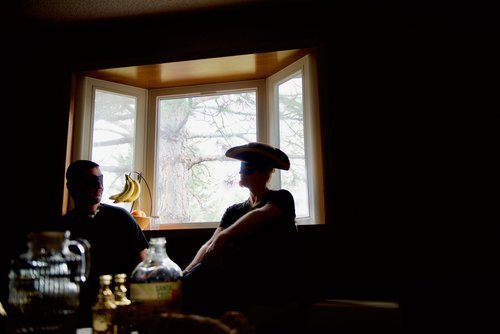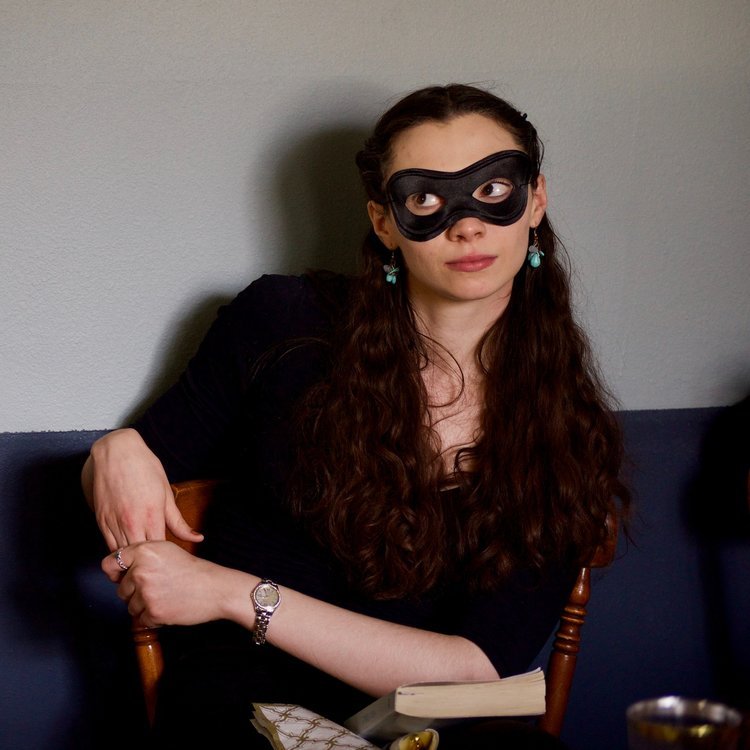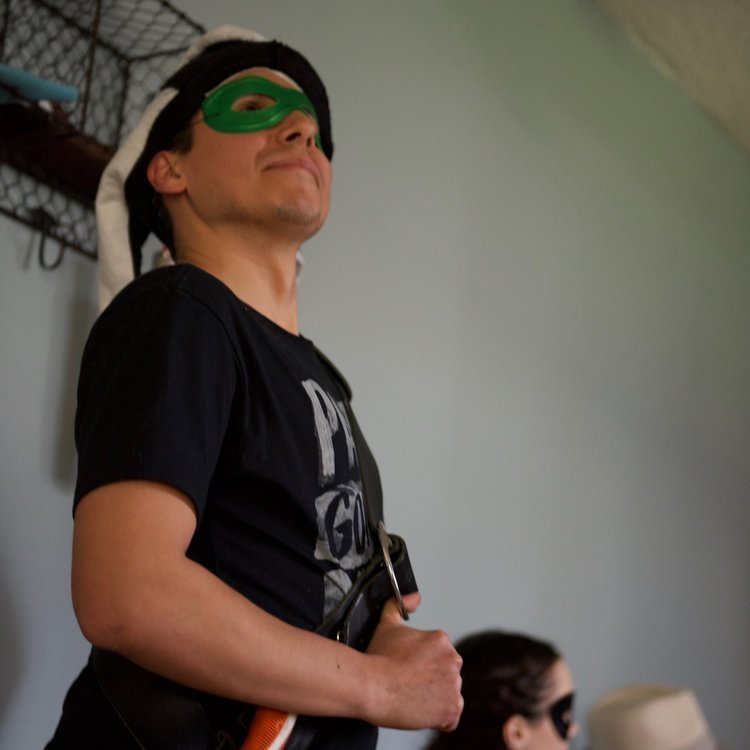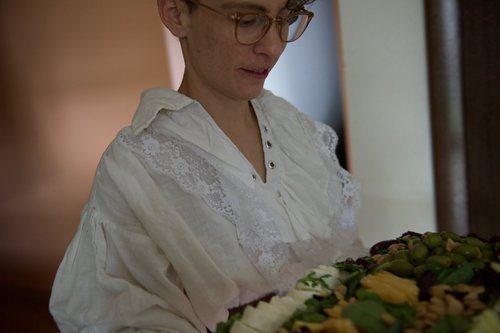Shakespearience: An Immersive Experiment
It began with a conversation about high school Shakespeare and the Common Core.
Snooze.
But, we decided, if we could create an immersive experience to introduce individuals to Shakespearean characters through a Larp format, perhaps we could pique interest where Bard-based education fails.
First, we identified a setting where multiple Shakespearean characters could conspicuously meet: Elsinore Castle, immediately following the close of Hamlet. Because Denmark, as established in Hamlet, is a constitutional monarchy which elects its leaders, we could bring a variety of Shakespearean characters together, unified in their desire to pursue the throne.
Carefully combing through the canon, we identified characters with a broad range of political and ideological values and approaches, and created character packets outlining the objectives, values, and backstory of each.
We created several aspects of gameplay which could spur dialogue amongst the participants, including a message-bearing puppy who delivered secret scrolls to characters throughout the game; a room in which players could discuss their options with a dramaturg if they felt at a loss; fight and violence mechanics, intimacy mechanics, and missions.
In our guinea pig round of the experience, our participants surprised us. Some lost their secret abilities in bets, and alliances that we didn’t anticipate were forged. The character of the Fool aligned himself with the Fey as agents of chaos, and in the end, although a few characters were arrested, none were killed. And in the end, the people of Denmark elected Fidele to rule them, although the character that Fidele chose as his advisor may have ended up making this a very short reign.
After an hour of onboarding and five hours of gameplay, all of our participants agreed that they would have loved more time. The debrief was lively and energetic, and many of our experimental participants proclaimed that they would love to play again, even repeating the same characters to try out new tactics.
Among our participants were three elementary teachers, a plumber, a physical therapist, a realtor and two photographers, each of whom self-identified as having “very little or no” familiarity with Shakespearean texts. Of these, each said that their experience “definitely improved” their interest in seeing a Shakespearean play.
The performance did not unfold as we had anticipated; however, the level of creativity and zeal that the participants brought to this experiment definitely made this a success.
Continuing to polish the gameplay, we’ll see where this Shakesperiment goes.







